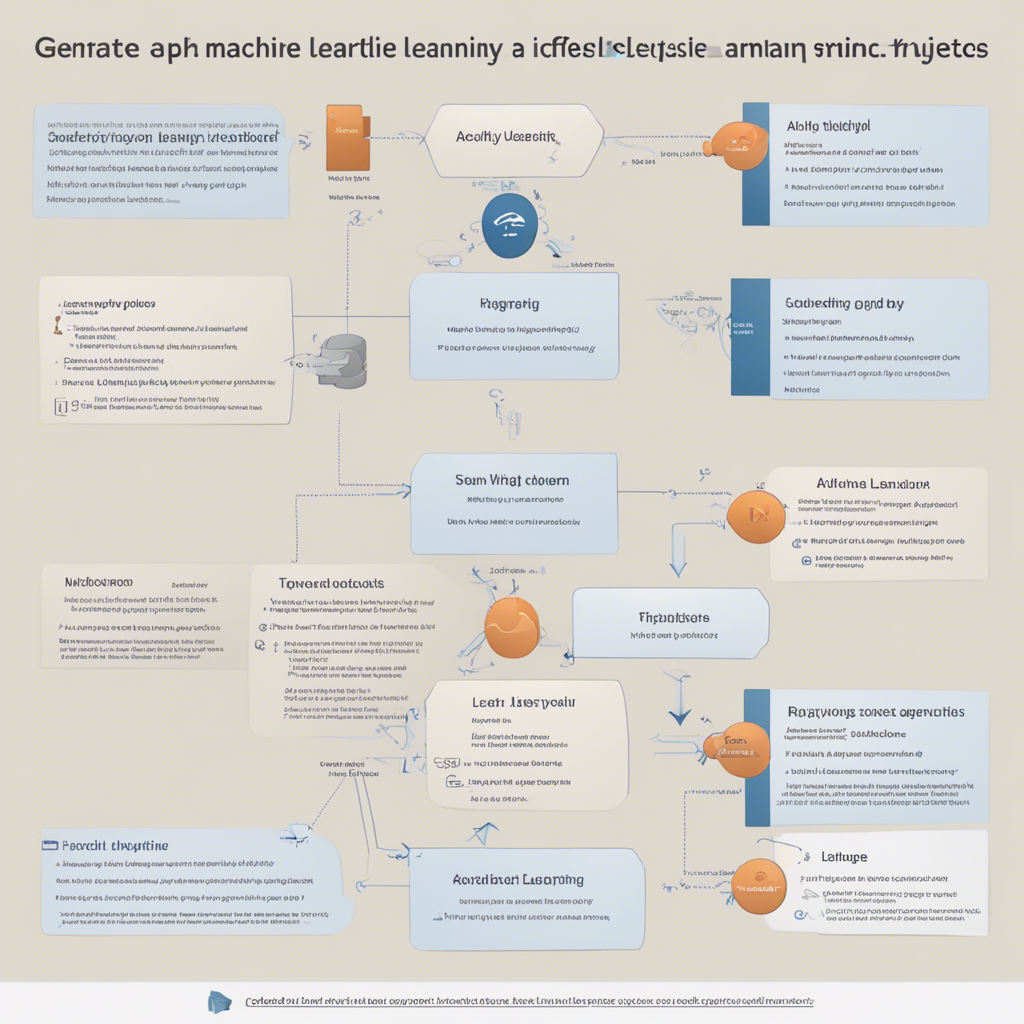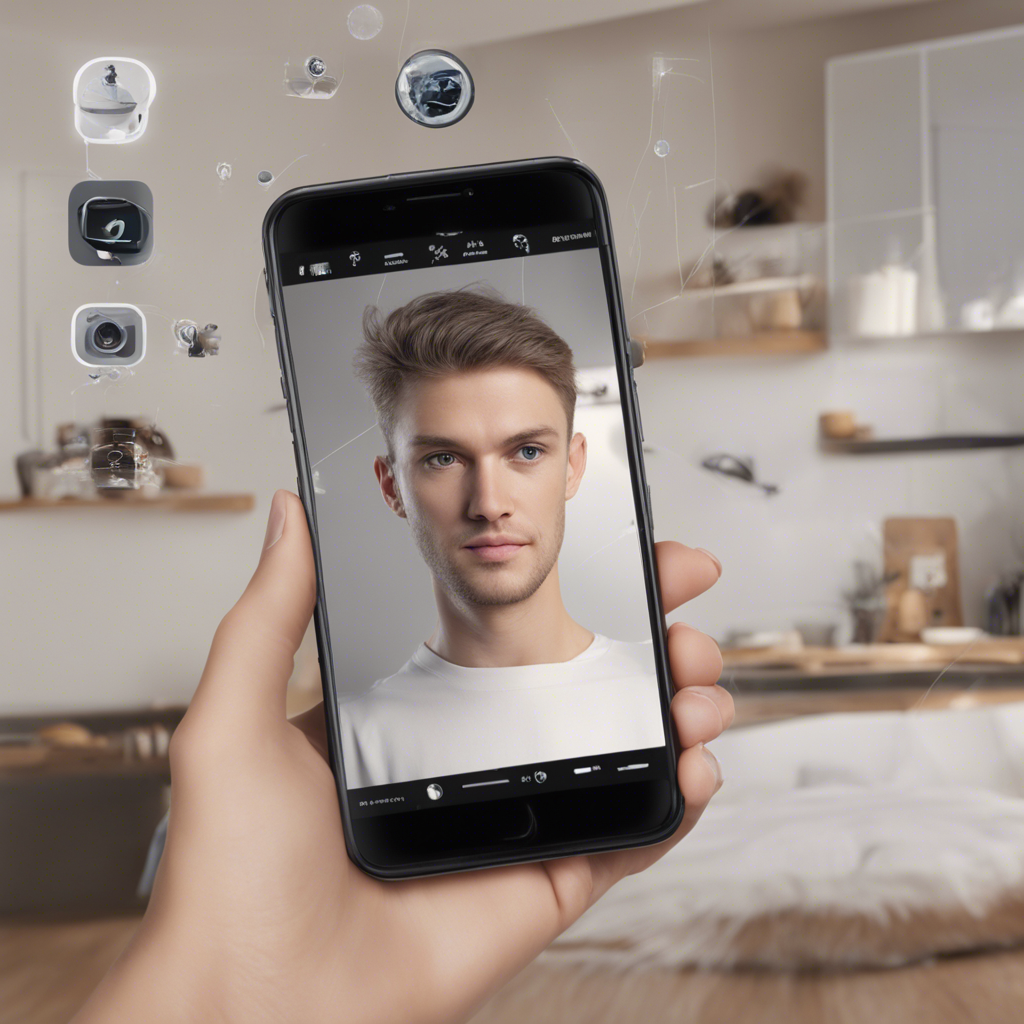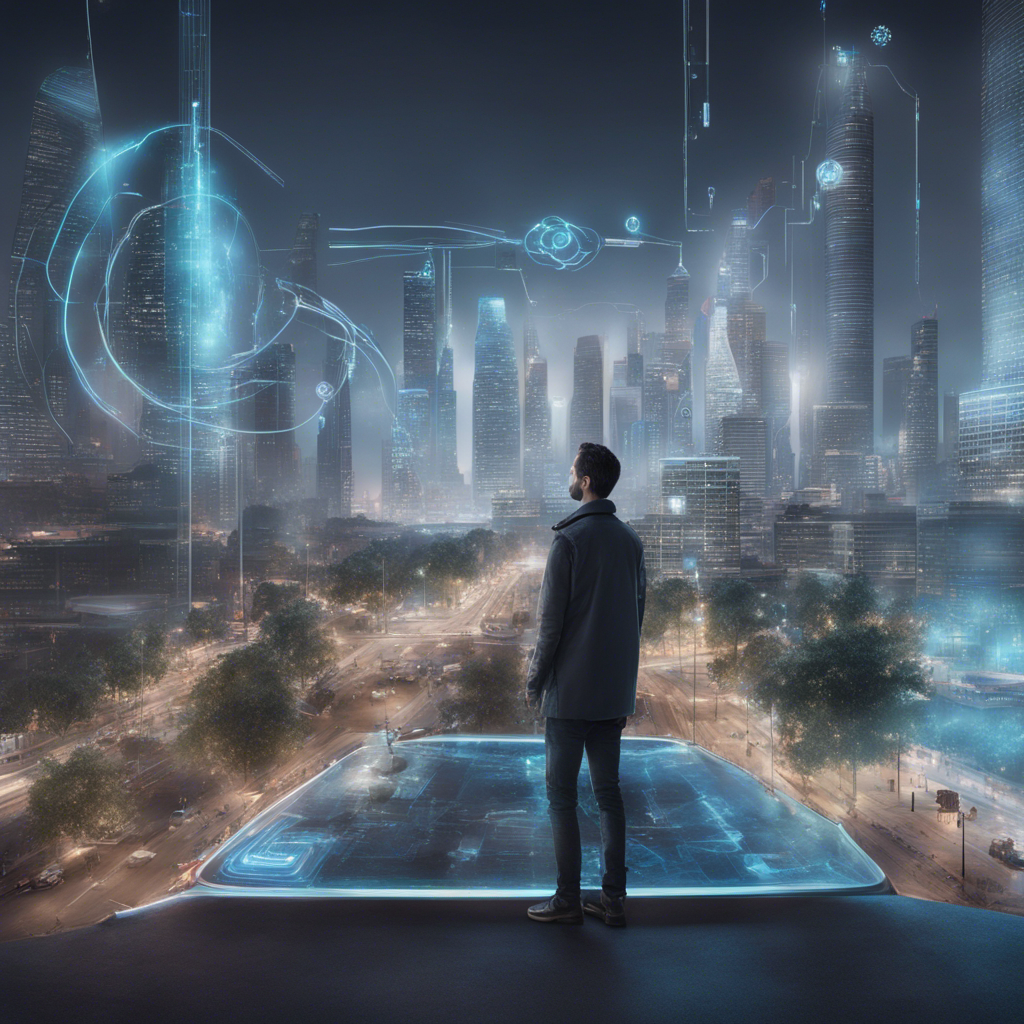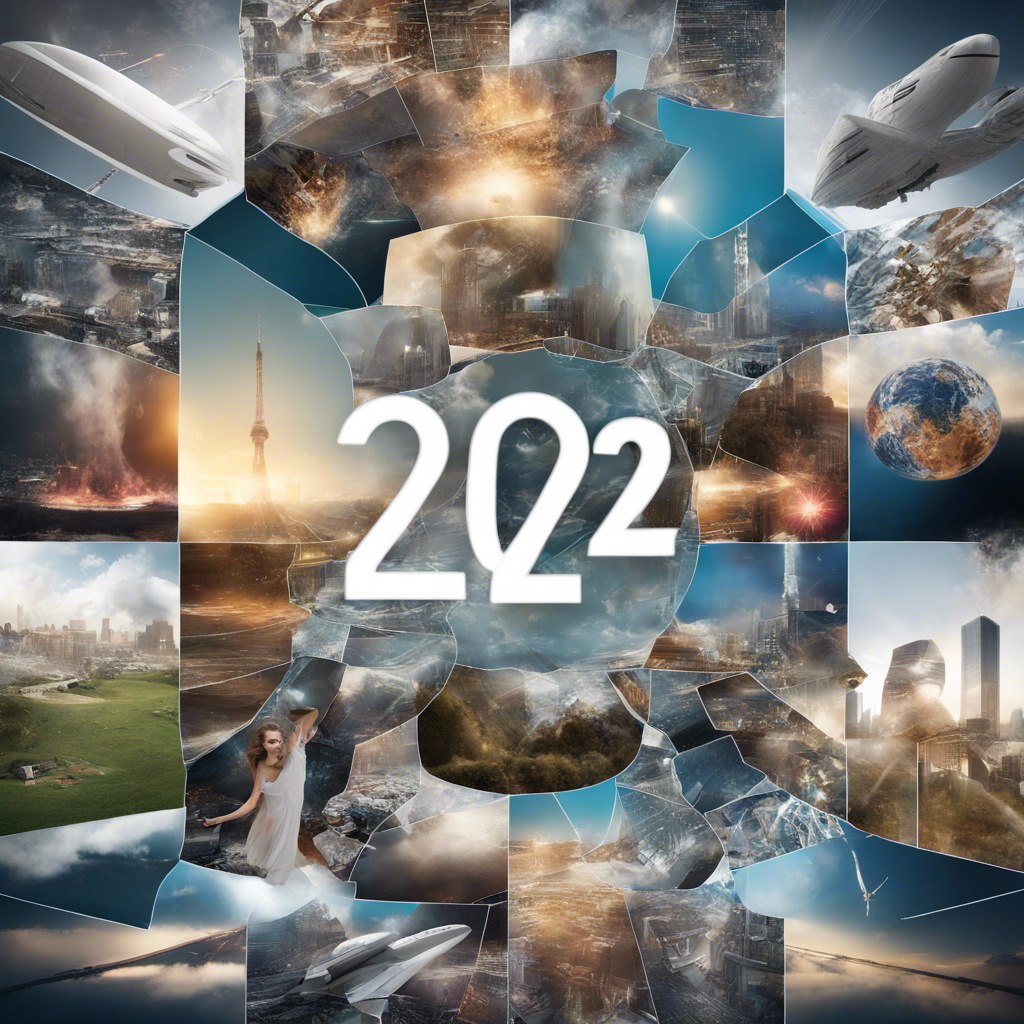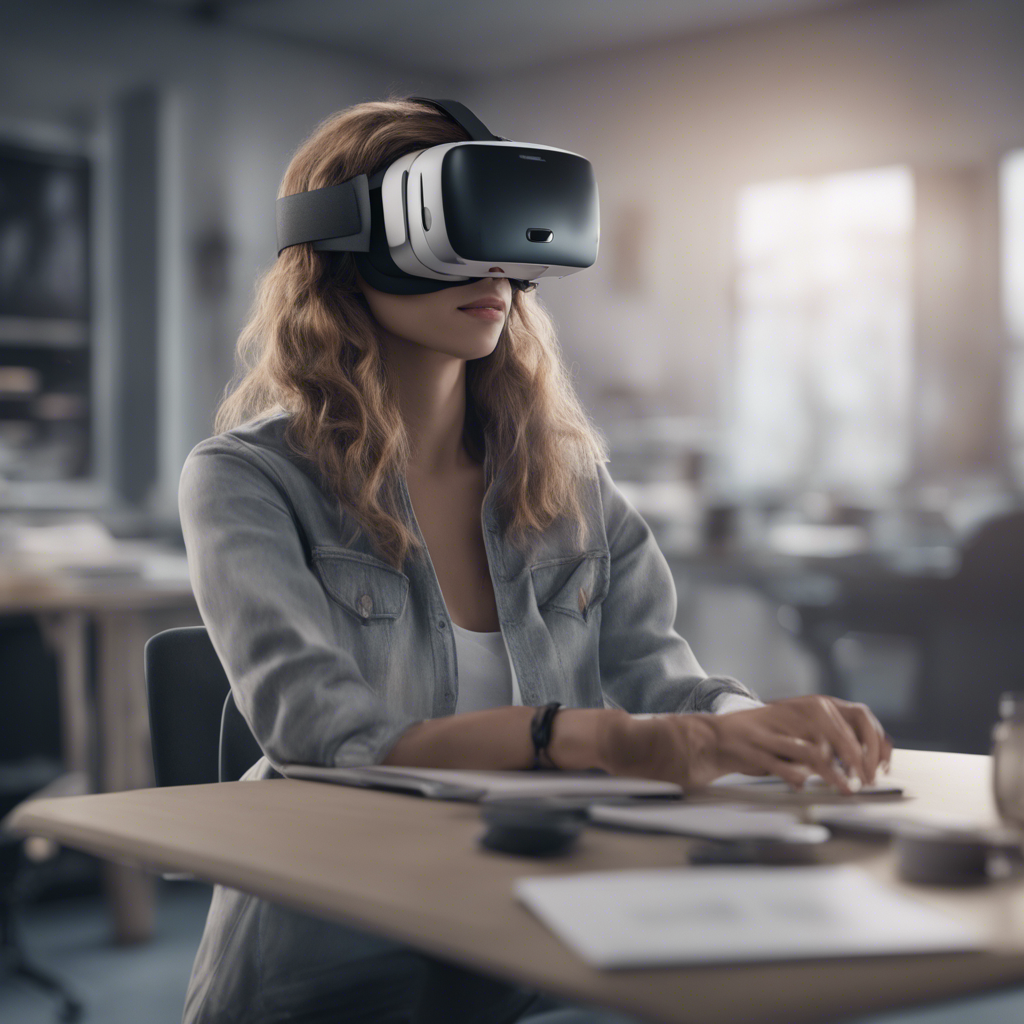
Virtual Reality Applications Beyond Gaming
Virtual Reality (VR) technology has revolutionized the gaming industry, allowing players to immerse themselves in virtual worlds and interact with realistic 3D environments. However, VR is not limited to gaming alone. It has also found applications in various other fields, ranging from education and healthcare to retail and tourism. In this blog post, we will explore some of the most promising and impactful virtual reality applications beyond gaming.
Virtual Reality in Education
One of the most exciting areas where VR is making a significant impact is education. By leveraging this technology, educators can provide students with immersive and interactive learning experiences that were previously unimaginable. Virtual reality enables students to explore historical sites, witness scientific phenomena, and even take part in virtual experiments.
For example, platforms like Google Expeditions offer virtual field trips, allowing students to visit museums, national parks, and landmarks worldwide, without leaving the classroom. Research has shown that VR-based learning enhances engagement, improves retention, and increases student performance compared to traditional teaching methods1.
Virtual Reality in Healthcare
The healthcare industry is also embracing virtual reality to improve patient care, train medical professionals, and provide therapy. VR simulations allow medical students to practice surgeries and procedures without the need for real patients. This enables them to gain valuable experience in a risk-free environment.
In addition, VR is being used for pain management and rehabilitation. By immersing patients in virtual environments, such as serene landscapes or calming scenarios, VR can distract them from pain and reduce anxiety during medical procedures or physical therapy sessions2.
Furthermore, VR has shown promising results in treating mental health disorders, such as post-traumatic stress disorder (PTSD) and phobias. Exposure therapy through VR simulations helps patients confront and overcome their fears by gradually exposing them to their triggers in a controlled and safe setting3.
Virtual Reality in Architecture and Design
Architects and interior designers have also incorporated VR technology into their workflow, enabling them to visualize and present their designs in a more immersive and realistic manner. Clients can now walk through virtual properties, explore every detail, and get a sense of the space before any construction begins.
Moreover, VR allows architects to test lighting, acoustics, and even simulate different weather conditions. This level of detail helps identify any design flaws and make necessary adjustments early in the process, saving time and resources4.
Virtual Reality in Retail
E-commerce has become an integral part of our lives, but it lacks the tangible experience of traditional brick-and-mortar stores. Virtual reality is bridging that gap by providing shoppers with virtual showrooms and personalized shopping experiences.
Companies like IKEA have introduced VR apps that allow customers to virtually place furniture in their homes before making a purchase. This not only enhances the overall shopping experience but also reduces the likelihood of returns and increases customer satisfaction5.
Additionally, virtual reality can be utilized for virtual fashion shows, enabling designers to showcase their latest collections in a fully immersive and interactive manner. Customers can experience runway shows from the front row, explore outfits in detail, and even make purchases directly from the virtual environment6.
Virtual Reality in Tourism
Virtual reality has the power to transform the tourism industry by offering travel experiences without the need to physically visit a destination. Travel companies are starting to leverage this technology to provide potential travelers with a taste of their desired destinations.
For instance, the British Columbia Tourism Office created a VR experience that allows users to virtually explore the beautiful landscapes and experiences available in the province. This not only increases engagement but also helps travelers make informed decisions about their next trip7.
Furthermore, historical sites and cultural landmarks that are difficult to access or in a state of ruin can be reconstructed digitally using VR. This enables people to experience and learn about these places firsthand, preserving their significance for future generations8.
Conclusion
Virtual reality has transcended the boundaries of gaming, finding its applications in various industries including education, healthcare, architecture, retail, and tourism. By immersing users in realistic virtual environments, VR enhances learning experiences, improves medical training, revolutionizes design workflows, enhances the shopping experience, and provides virtual travel opportunities.
As the technology continues to evolve and become more accessible, we can expect even more industries to benefit from the transformative power of virtual reality.
References:
-
Google Education. “Expeditions.” Accessed April 25, 2023. Expeditions - Google for Education ↩︎
-
H. Hoffman et al., “Virtual reality applications in medicine: an overview,” Virtual Reality, vol. 16, no. 1, pp. 9-24, Mar. 2012. [https://doi.org/10.1007/s10055-011-0182-x] ↩︎
-
A. Rizzo and P. Difede, “Virtual reality exposure therapy for combat-related posttraumatic stress disorder,” The Journal of Clinical Psychiatry, vol. 68, no. 11, pp. 1639-1648, Nov. 2007. [https://doi.org/10.4088/JCP.v68n1102] ↩︎
-
D. Becerik-Gerber, “Building information modeling and virtual reality for sustainable design and construction,” Journal of Professional Issues in Engineering Education and Practice, vol. 142, no. 2, May 2016. [https://doi.org/10.1061/(ASCE)EI.1943-5541.0000264] ↩︎
-
IKEA. “IKEA virtual reality.” Accessed April 25, 2023. IKEA virtual reality ↩︎
-
C. Luo, M. Y. Liu, and W. Wu, “Virtual reality in the fashion industry: selected applications and research directions,” International Journal of Fashion Design, Technology and Education, vol. 10, no. 1, pp. 1-14, Jan. 2017. [https://doi.org/10.1080/17543266.2016.1207957] ↩︎
-
Super, S. “British Columbia uses VR to highlight provincial travel experiences,” VRScout, Aug. 11, 2017. [https://vrscout.com/news/british-columbia-vr-tourism/] ↩︎
-
D. Arnold, P. Bartie, and C. Gow, “Digital reconstruction and the interpretation of the historic urban landscape: VR Rome,” Internet Archaeology, vol. 30, no. 2, 2011. [https://doi.org/10.11141/ia.30.2] ↩︎


